With the holidays now on us, here are some gift-giving ideas for those Darwin, evolution, and history of science lovers in your life (meaning, really, yourself!):
Understanding Charles Darwin by Erik L. Peterson (Cambridge University Press/2023) | Publisher’s description: “The legend of Charles Darwin has never been more alive or more potent, but by virtue of this, his legacy has become susceptible to myths and misunderstandings. Understanding Charles Darwin examines key questions such as what did Darwin’s work change about the world? In what ways is ‘Darwinism’ reflective of Darwin’s own views? What problems were left unsolved? In our elevation of Darwin to this iconic status, have we neglected to recognise the work of other scientists? The book also examines Darwin’s struggle with his religious beliefs, considering his findings, and whether he was truly an atheist. In this engaging account, Peterson paints an intimate portrait of Darwin from his own words in private correspondence and journals. The result is the Darwin you never knew.” | Amazon • Powell’s • Barnes & Noble • Indiebound • Publisher
Understanding the Christianity–Evolution Relationship by Michael Ruse (Cambridge University Press/2023) | Publisher’s description: “The relationship between science and religion is a topic that runs rife with misconceptions, misunderstandings and debates. Are science and religion always in conflict? Is Darwin’s theory of evolution through natural selection atheistic? How does history shape current debates around science and religion? This book explores these questions in a neutral and balanced way, focusing on the Christianity-evolution relationship. It shows that two paradigms – the world as an organism and the world as a machine – have critically informed and guided the discussions. The author uses his deep understanding of the history and philosophy of science, particularly Darwinian evolutionary theory and its controversies through the past 150 years, to bring fresh ideas to the debate and to wider discussions such as environmental issues and hate. Understanding the Christianity-Evolution Relationship provides a lively and informative analysis and lays out multiple views so that readers can make their own judgements to increase their understanding.” | Amazon • Powell’s • Barnes & Noble • Indiebound • Publisher
The two books above are recent additions to the publisher’s “Understanding Life” series, which also includes: Understanding Species by John Wilkins, Understanding Natural Selection by Michael Ruse, Understanding Evolution by Kostas Kampourakis, and Understanding Human Evolution by Ian Tattersall, among many others.
Darwin and the Art of Botany: Observations on the Curious World of Plants by James T. Costa and Bobbi Angell (Timber Press/2023) | Publisher’s description: “Charles Darwin is best known for his work on the evolution of animals, but in fact a large part of his contribution to the natural sciences is focused on plants. His observations are crucial to our modern understanding of everything from the amazing pollination process of orchids to the way that vines climb. Darwin and the Art of Botany collects writings from six often overlooked texts devoted entirely to plants, and pairs each excerpt with beautiful botanical art from the library at the Oak Spring Garden Foundation, creating a gorgeously illustrated volume that never existed in Darwin’s own lifetime, and hasn’t since. Evolutionary botanist and science historian James Costa brings his expertise to each entry, situating Darwin’s words in the context of the knowledge and research of the time. The result is a new way of visualizing Darwin’s work, and a greater understanding of the ways he’s shaped our world.” | Amazon • Powell’s • Barnes & Noble • Indiebound • Publisher
Enchanted by Daphne: The Life of an Evolutionary Naturalist by Peter R. Grant (Princeton University Press/2023) | Publisher’s description: “Enchanted by Daphne is legendary ecologist Peter Grant’s personal account of his remarkable life and career. In this revelatory book, Grant takes readers from his childhood in World War II–era Britain to his ongoing research today in the Galápagos archipelago, vividly describing what it’s like to do fieldwork in one of the most magnificent yet inhospitable places on Earth. This is also the story of two brilliant and courageous biologists raising a family together while balancing the demands of professional lives that would take them to the far corners of the globe. In 1973, Grant and his wife, Rosemary, embarked on a journey that would fundamentally change how we think about evolution. Over the next four decades, they visited the Galápagos every year to observe Darwin’s famous finches on the remote, uninhabited island of Daphne Major. Documenting how eighteen species have diversified from a single ancestral species, they demonstrated that we could actually see and measure evolution in a natural setting. Grant recounts the blind alleys and breathtaking triumphs of this historic research as he and Rosemary followed in Darwin’s footsteps—and ushered in a new era in ecology. A wonderfully absorbing portrait of a life in science, Enchanted by Daphne is an unforgettable chronicle of the travels and discoveries of one of the world’s most influential naturalists.” | Amazon • Powell’s • Barnes & Noble • Indiebound • Publisher
Evolution by Sarah Darwin and Eva Maria Sadowski, and illustrated by Olga Baumert (What on Earth Books/2023) | Publisher’s description: “The Earth has come a very long way from the molten planet with oceans of magma that existed 4.5 billion years ago. Since then, the land has shifted, the climate has changed, and life has flourished. But how exactly did living things come to be? Let real-life scientists Sarah Darwin and Eva Maria Sadowski enlighten you about the fascinating facts of evolution: what it is and how it works. Dive into the history of life on Earth and learn about the theory of natural selection that Sarah’s great-great-grandfather, Charles Darwin, and naturalist Alfred Russel Wallace came up with together. In this beautifully illustrated book, feature spreads explain the important things that you need to know and a timeline plots the history of life on Earth. Budding botanists will be delighted by this in-depth tour of life that leaves no stone unturned and will keep children (and adults) enthralled for hours. Find out how plants, humans, pet dogs, and everything else came to be and what this might mean for our future.” | Amazon • Powell’s • Barnes & Noble • Indiebound • Publisher
Understanding Evolution in Darwin’s “Origin”: The Emerging Context of Evolutionary Thinking, edited by Maria Elice Brzezinski Prestes (Springer/2023) | Publisher’s description: “This book aims to encourage the reading of “On the Origin of Species” and to include it in the teaching of evolution. With a comprehensive overview of the development of Darwin’s theory, the volume provides relevant aspects of Darwin’s life and work in connection with the broader context of his time. The historical and philosophical analysis, mirrored in the socio-cultural scope, enables the diachronic reading of the text. It is built on various sources of historians and philosophers of science and sheds fresh light on them. Its uniqueness is the broad structure that covers four parts: the pre-Darwinian concepts of species changes; some key elements of Darwin’s pursuit of the causes of evolution, from his voyage on Beagle to the publication of his groundbreaking work; chapter-by-chapter analysis of the “Origin”; and subsequent developments in evolutionary thought. This book is of interest to undergraduate and graduate students, scholars in history, philosophy, and sociology of science and science education, as well as the general public.” | Amazon • Powell’s • Barnes & Noble • Indiebound • Publisher
The Man Who Organized Nature: The Life of Linnaeus by Gunnar Broberg, translated by Anna Paterson (Princeton University Press/2023) | Publisher’s description: “Carl Linnaeus (1707–1778), known as the father of modern biological taxonomy, formalized and popularized the system of binomial nomenclature used to classify plants and animals. Linnaeus himself classified thousands of species; the simple and immediately recognizable abbreviation “L” is used to mark classifications originally made by Linnaeus. This biography, by the leading authority on Linnaeus, offers a vivid portrait of Linnaeus’s life and work. Drawing on a wide range of previously unpublished sources—including diaries and personal correspondence—as well as new research, it presents revealing and original accounts of his family life, the political context in which he pursued his work, and his eccentric views on sexuality. The Man Who Organized Nature describes Linnaeus’s childhood in a landscape of striking natural beauty and how this influenced his later work. Linnaeus’s Lutheran pastor father, knowledgeable about plants and an enthusiastic gardener, helped foster an early interest in botany. The book examines the political connections that helped Linnaeus secure patronage for his work, and untangles his ideas about sexuality. These were not, as often assumed, an attempt to naturalize gender categories but more likely reflected the laissez-faire attitudes of the era. Linnaeus, like many other brilliant scientists, could be moody and egotistical; the book describes his human failings as well as his medical and scientific achievements. Written in an engaging and accessible style, The Man Who Organized Nature—one of the only biographies of Linnaeus to appear in English—provides new and fascinating insights into the life of one of history’s most consequential and enigmatic scientists.” | Amazon • Powell’s • Barnes & Noble • Indiebound • Publisher
Disputed Inheritance: The Battle over Mendel and the Future of Biology by Gregory Radick (University of Chicago Press/2023) | Publisher’s description: “In 1900, almost no one had heard of Gregor Mendel. Ten years later, he was famous as the father of a new science of heredity—genetics. Even today, Mendelian ideas serve as a standard point of entry for learning about genes. The message students receive is plain: the twenty-first century owes an enlightened understanding of how biological inheritance really works to the persistence of an intellectual inheritance that traces back to Mendel’s garden. Disputed Inheritance turns that message on its head. As Gregory Radick shows, Mendelian ideas became foundational not because they match reality—little in nature behaves like Mendel’s peas—but because, in England in the early years of the twentieth century, a ferocious debate ended as it did. On one side was the Cambridge biologist William Bateson, who, in Mendel’s name, wanted biology and society reorganized around the recognition that heredity is destiny. On the other side was the Oxford biologist W. F. R. Weldon, who, admiring Mendel’s discoveries in a limited way, thought Bateson’s “Mendelism” represented a backward step, since it pushed growing knowledge of the modifying role of environments, internal and external, to the margins. Weldon’s untimely death in 1906, before he could finish a book setting out his alternative vision, is, Radick suggests, what sealed the Mendelian victory. Bringing together extensive archival research with searching analyses of the nature of science and history, Disputed Inheritance challenges the way we think about genetics and its possibilities, past, present, and future.” | Amazon • Powell’s • Barnes & Noble • Indiebound • Publisher
Curious Species: How Animals Made Natural History by Whitney Barlow Robles (Yale University Press/2023) | Publisher’s description: “Can corals build worlds? Do rattlesnakes enchant? What is a raccoon, and what might it know? Animals and the questions they raised thwarted human efforts to master nature during the so-called Enlightenment—a historical moment when rigid classification pervaded the study of natural history, people traded in people, and imperial avarice wrapped its tentacles around the globe. Whitney Barlow Robles makes animals the unruly protagonists of eighteenth-century science through journeys to four spaces and ecological zones: the ocean, the underground, the curiosity cabinet, and the field. Her forays reveal a forgotten lineage of empirical inquiry, one that forced researchers to embrace uncertainty. This tumultuous era in the history of human-animal encounters still haunts modern biologists and ecologists as they struggle to fathom animals today. In an eclectic fusion of history and nature writing, Robles alternates between careful historical investigations and probing personal narratives. These excavations of the past and present of distinct nonhuman creatures reveal the animal foundations of human knowledge and show why tackling our current environmental crisis first requires looking back in time.” | Amazon • Powell’s • Barnes & Noble • Indiebound • Publisher
Don’t forget about this recent biography of Alfred Russel Wallace, and this recent children’s book about Darwin and his studies of earthworms. Also check out my December book post from 2022.




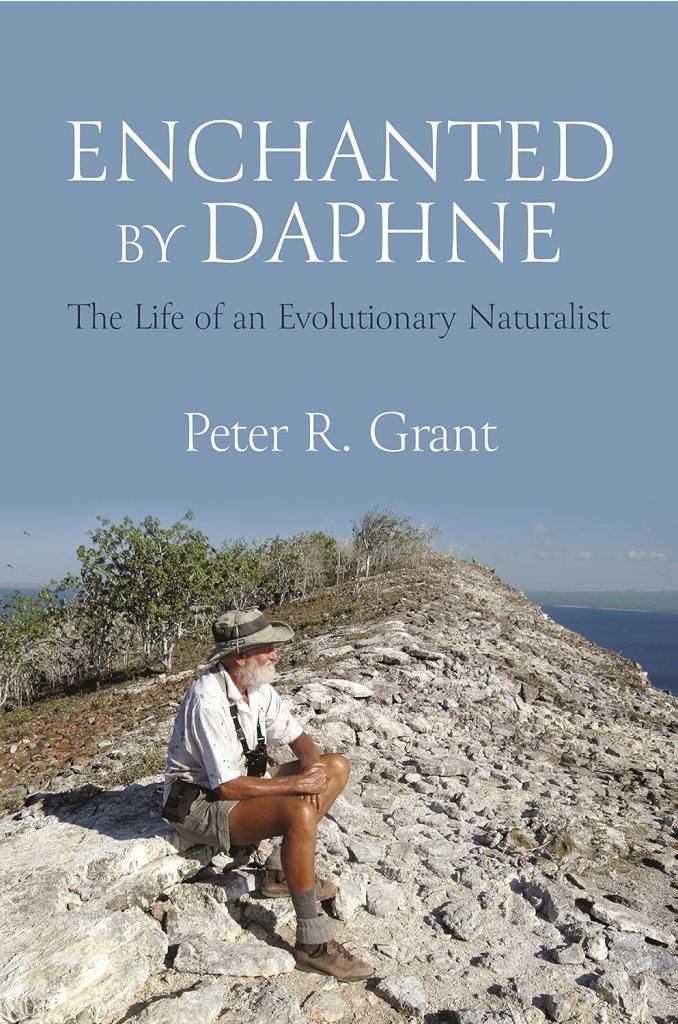






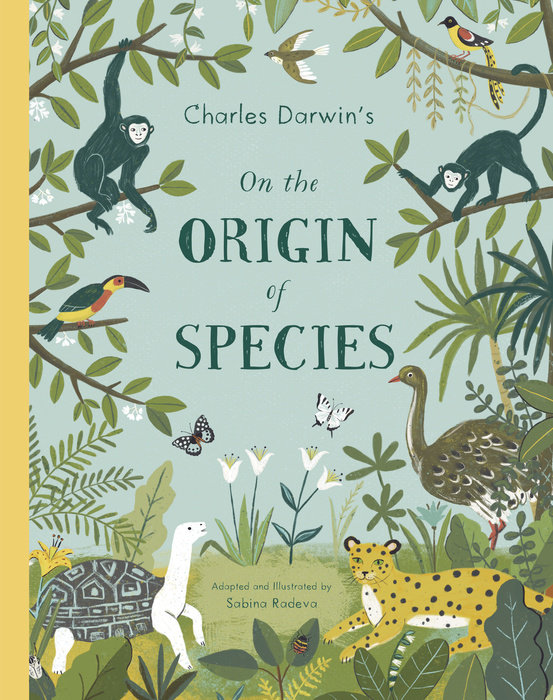






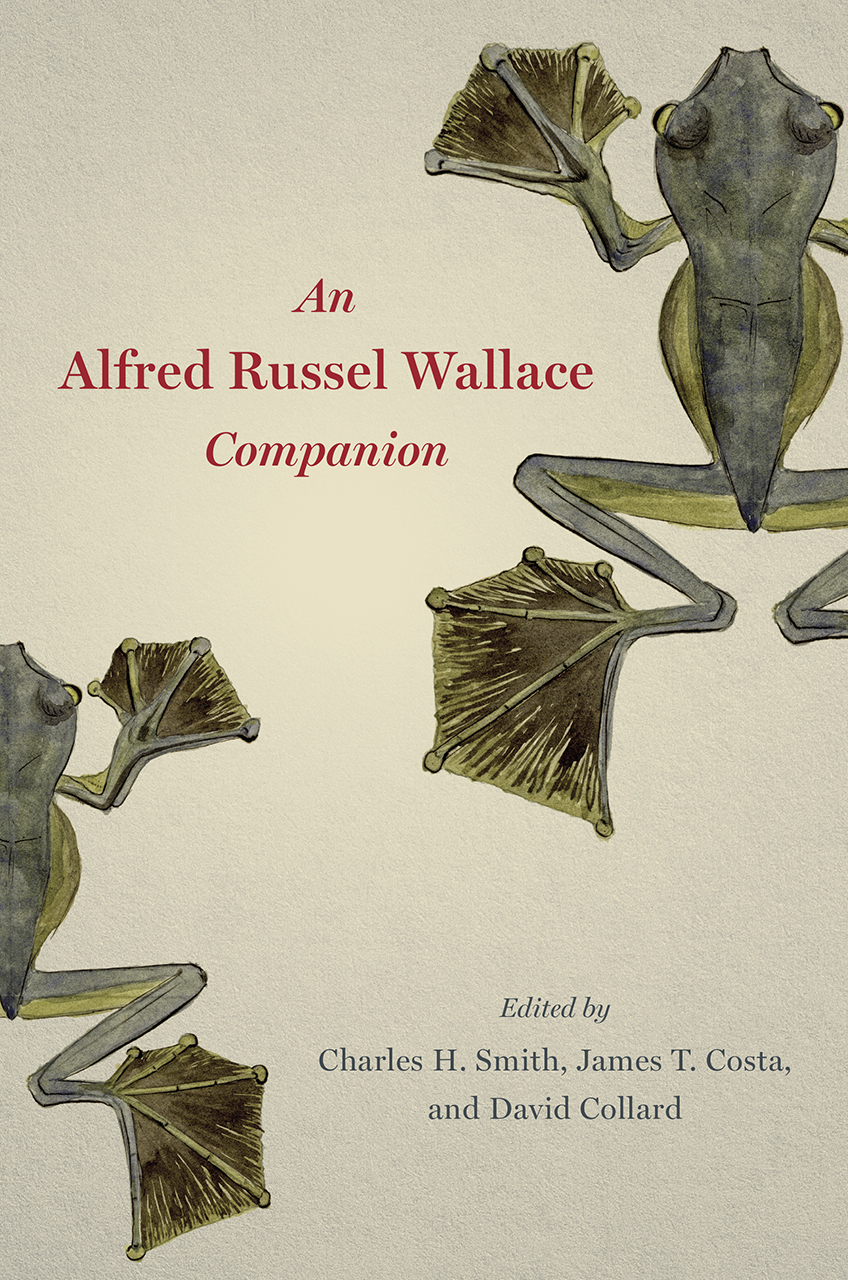
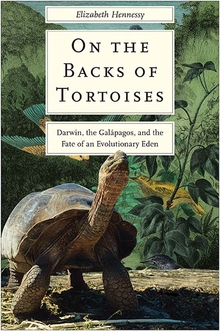


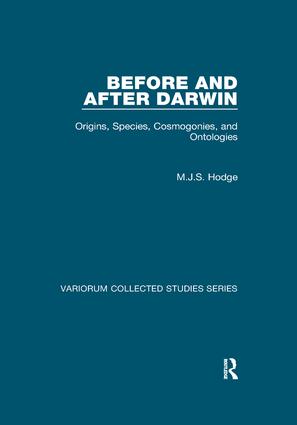
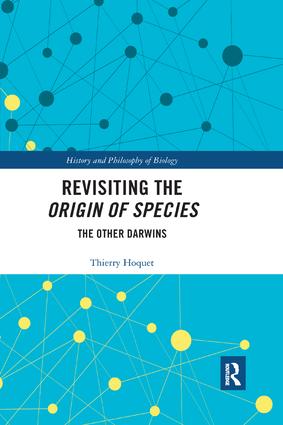

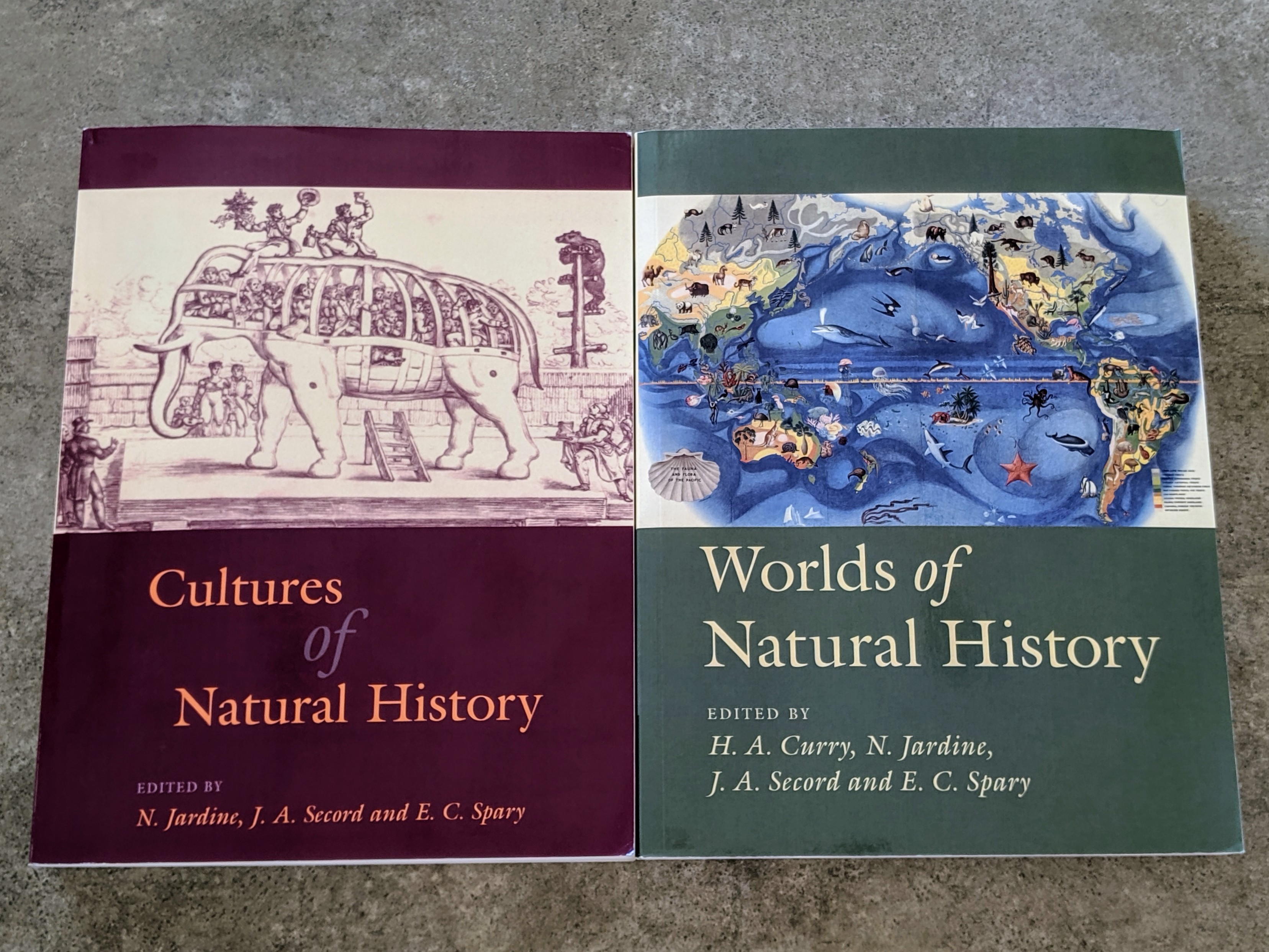




















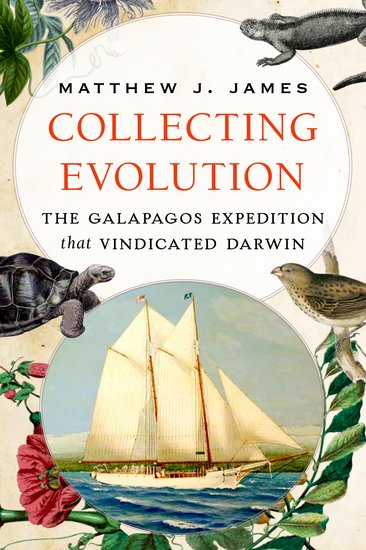

























 So, what does a slim book like The Galapagos: A Natural History give the reader? The answer: a delightful overview of interesting natural history topics that serve as a general introduction of the islands. This is not a field guide, however, and Nicholls does not discuss every species of plant or animal to be found on
So, what does a slim book like The Galapagos: A Natural History give the reader? The answer: a delightful overview of interesting natural history topics that serve as a general introduction of the islands. This is not a field guide, however, and Nicholls does not discuss every species of plant or animal to be found on 

